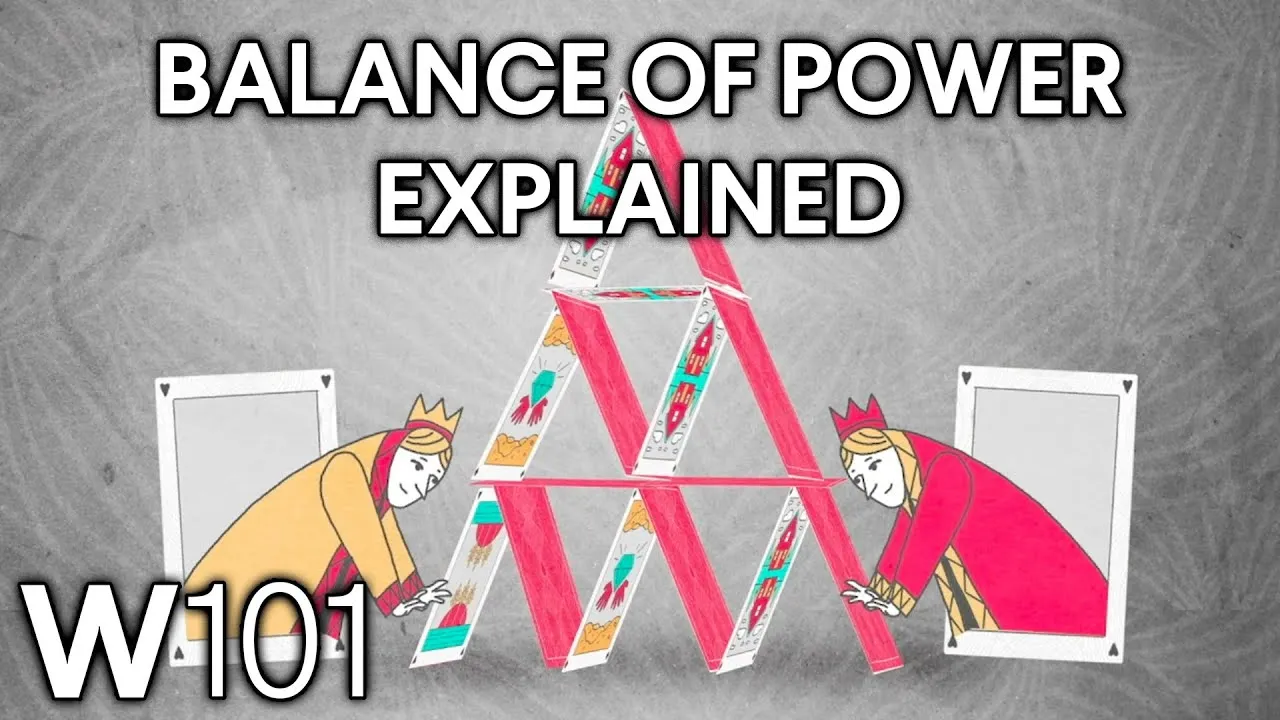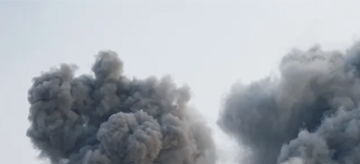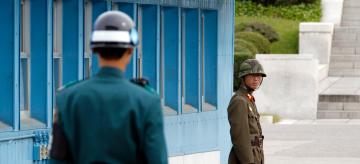How Do Countries Decide Whether to Go to War?
Learn how balances and imbalances of power contributed to World Wars I and II.
Most people wouldn’t pick a fight with someone twice their size. The same goes for countries. But although we can judge a potential opponent by their height and weight, countries’ leaders—in theory—consider the balance of power.
Balance of power is a measurement of the relative strength between countries, comparing their militaries, resources, wealth, populations, and relationships with other countries. When that relative strength is more even—or balanced—those countries are less likely to fight each other because the costs of war would likely outweigh the expected benefits. But when the relative strength is less even—or imbalanced—stronger countries could be tempted to attack weaker ones if they expect the benefits from war to outweigh the costs.
However, such theory doesn’t always translate into reality. Imbalanced countries can avoid war and well-balanced countries can still fight wars. This video explores how balances and imbalances of power contributed to two of history’s greatest conflicts: World Wars I and II.



